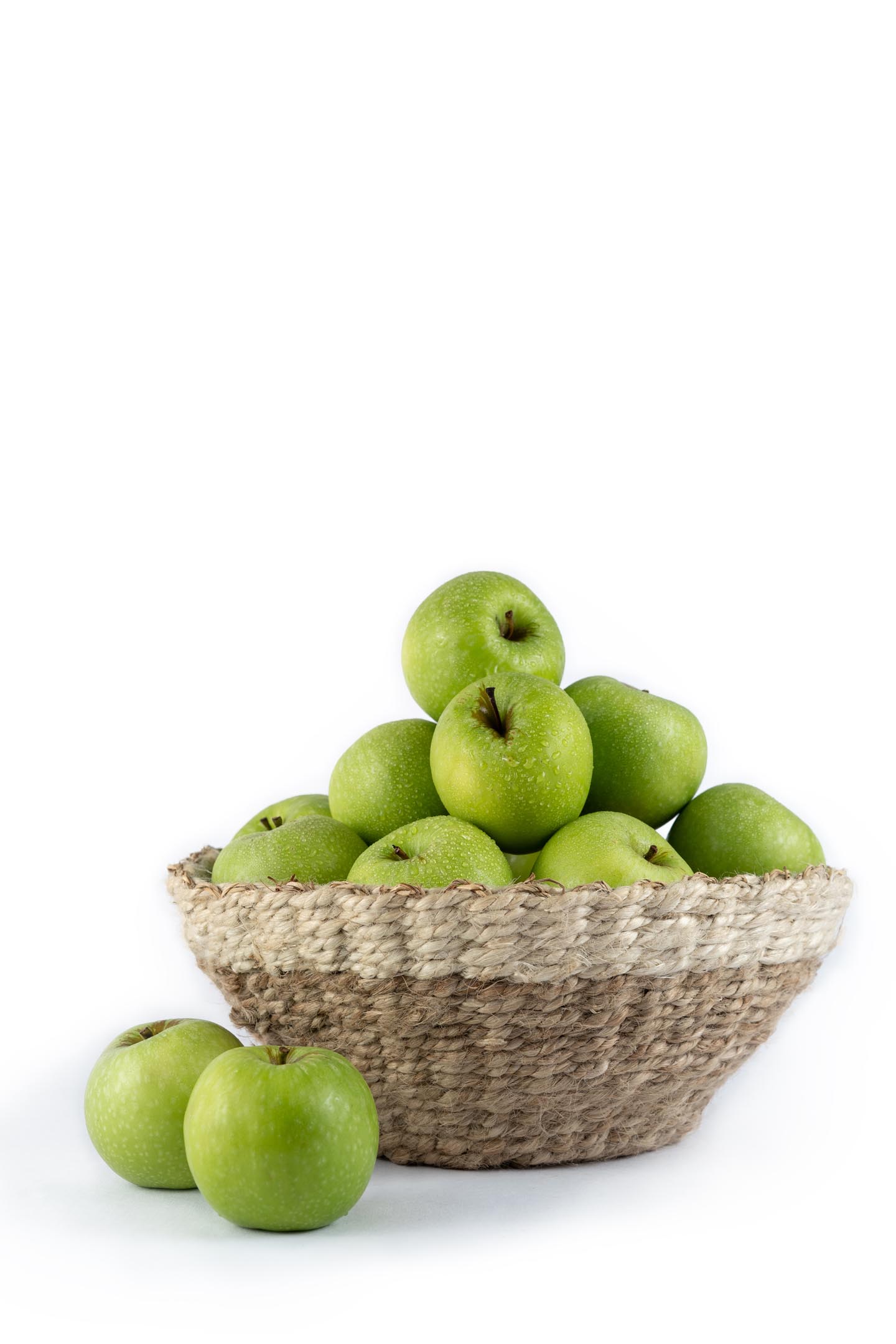Showing 25–33 of 33 results
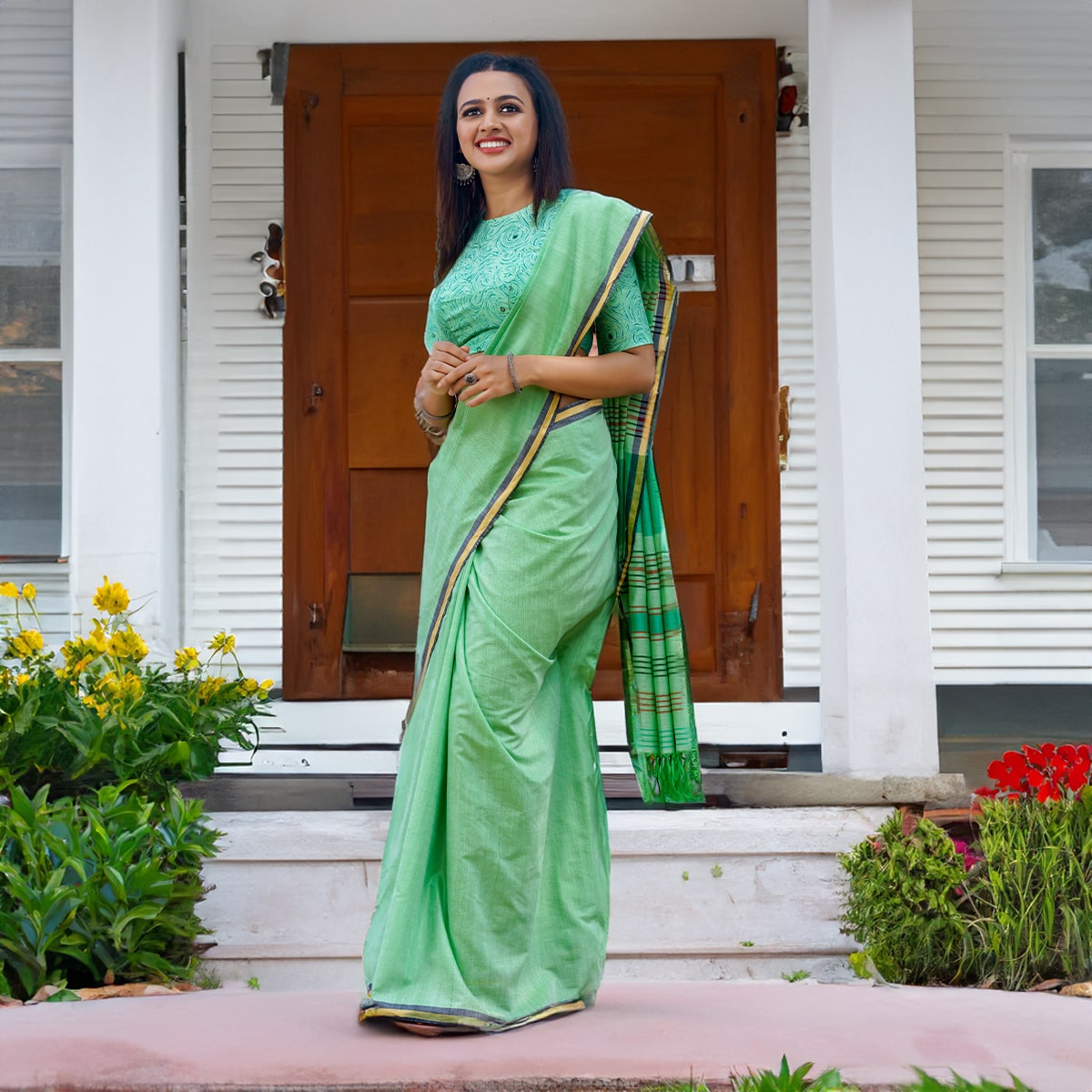
Saarika Saree
$60.00
$60.00
I was always curious about the talent of mimicry artists or someone who can imitate another person. A bird that can imitate human speech has always intrigued me. Parrots are a bird species I have closely observed. You cannot ignore the sight of a bunch of parrots flying with the blue sky as background. They are daily visitors to our garden feasting on Guavas on our guava tree, making the myriad of sounds to call its pair or friends, to share the feast Parrots have flown in to our new set of sarees. Wear it and with its unique color and design, you will be noticed in a crowd. The mercerized cotton yarn that we use for weaving these sarees ensure you are comfortable in any climate and in any occasion Story of Weaving: The handloom fabric is a type of fabric that is woven using hand operated looms. Two sets of interlacing yarns, the warp (length) and weft (width), are woven on a loom hand-operated by weavers. These looms do not use electricity. Human handling lends the fabrics a unique feel and renders the fabrics more value. The resultant fabric is softer, more durable and much more comfortable than machine-made fabrics. Handloom cotton is more breathable and thus feels lighter in summers and provides more insulation in winters. The dyeing process also becomes easier for handloom cotton as the colour penetration is substantially more. Hues are absorbed better thus look resplendent on handloom cotton. The art of hand weaving is labour intensive and takes a longer time. But, the beauty it adds to the fabric is priceless. Choosing handloom cotton supports the rich weaving heritage of India and lets the weavers carry on the precious art-form to the future generations as well.
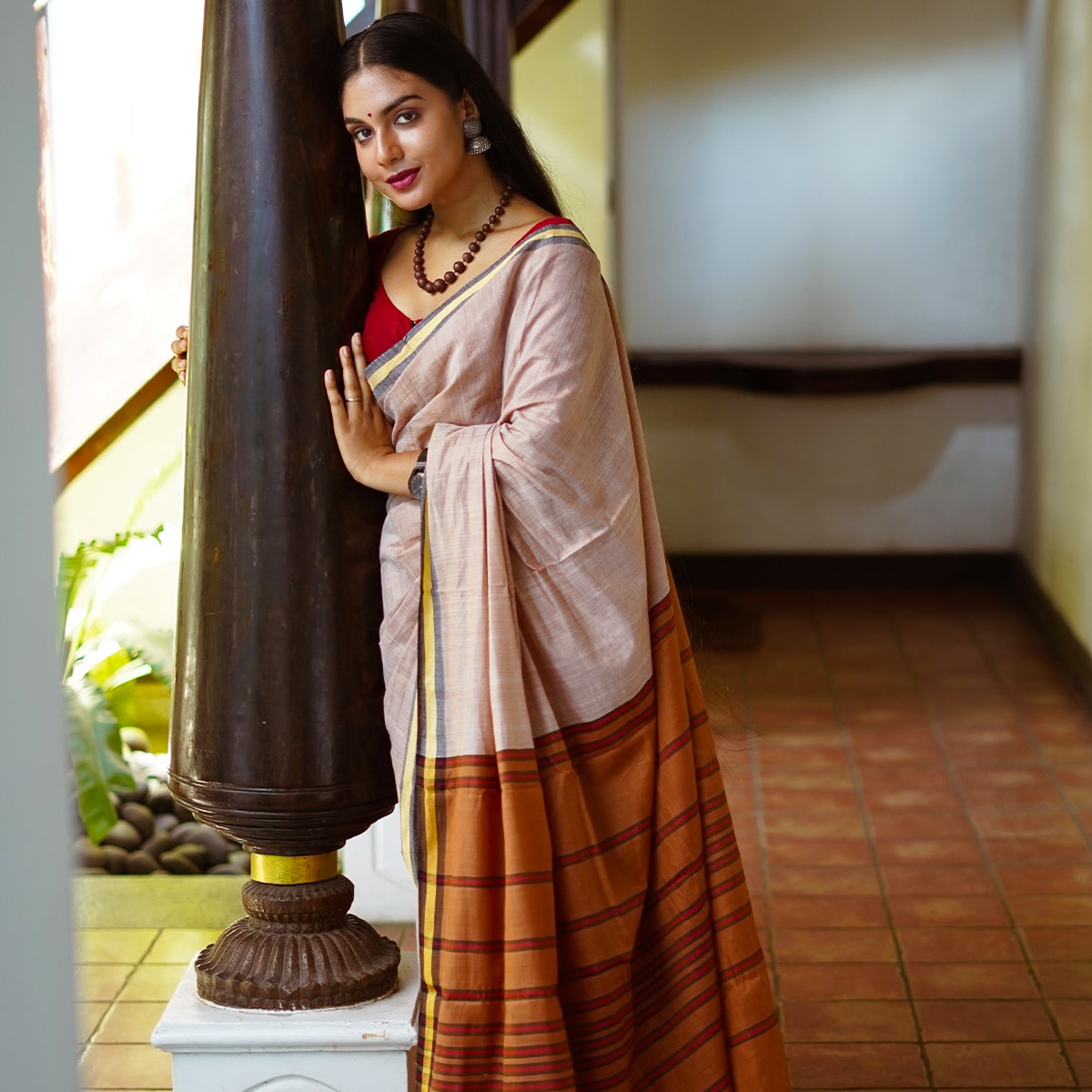
Saayam Saree
$60.00
$60.00
Soothing colours of the evening (saayam) for an evening outing! Woven out of soft mercerised cotton yarn to give you a soft and comfortable feel
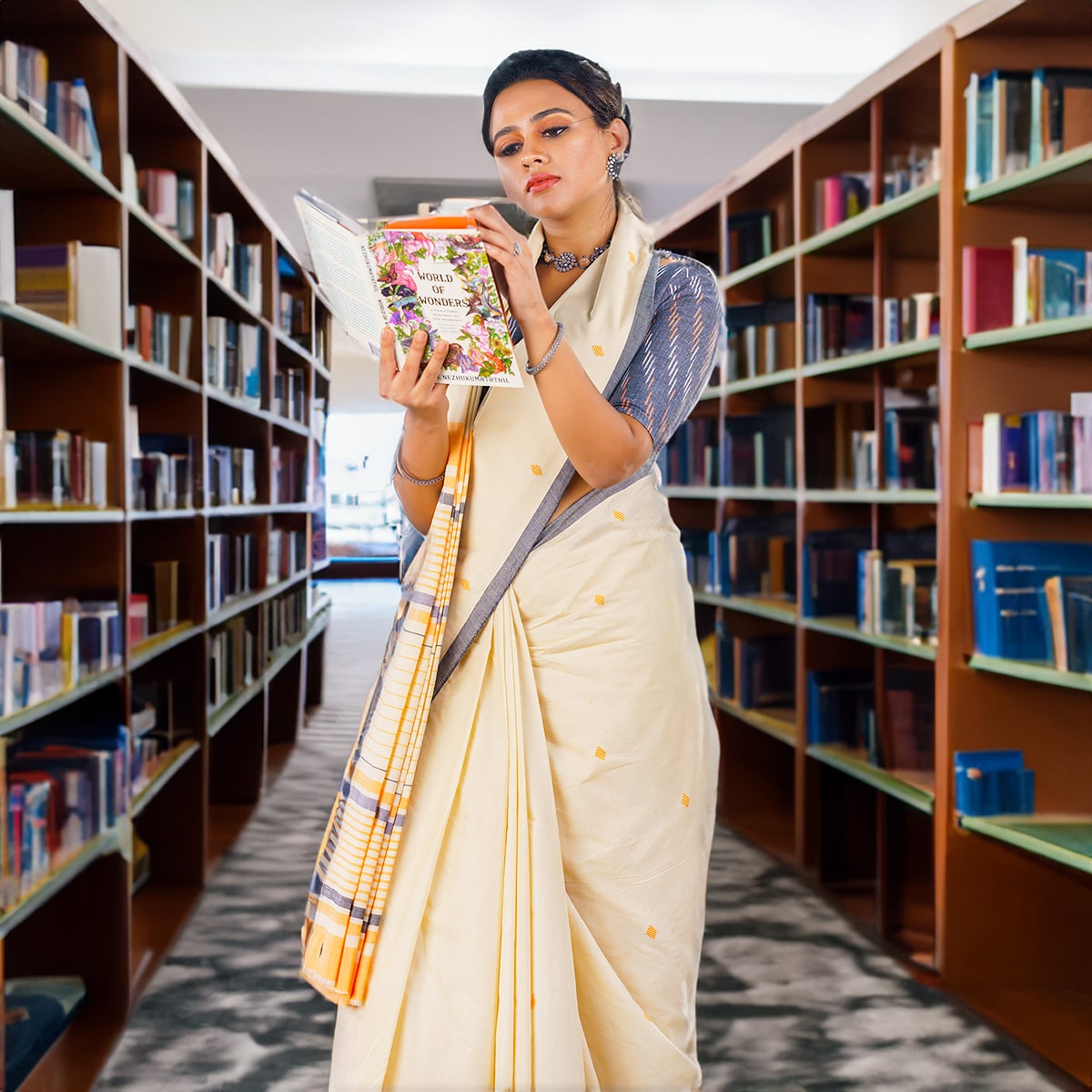
Sarada Saree
$60.00
$60.00
Story of Weaving: The handloom fabric is a type of fabric that is woven using hand operated looms. Two sets of interlacing yarns, the warp (length) and weft (width), are woven on a loom hand-operated by weavers. These looms do not use electricity. Human handling lends the fabrics a unique feel and renders the fabrics more value. The resultant fabric is softer, more durable and much more comfortable than machine-made fabrics. Handloom cotton is more breathable and thus feels lighter in summers and provides more insulation in winters. The dyeing process also becomes easier for handloom cotton as the colour penetration is substantially more. Hues are absorbed better thus look resplendent on handloom cotton. The art of hand weaving is labour intensive and takes a longer time. But, the beauty it adds to the fabric is priceless. Choosing handloom cotton supports the rich weaving heritage of India and lets the weavers carry on the precious art-form to the future generations as well.
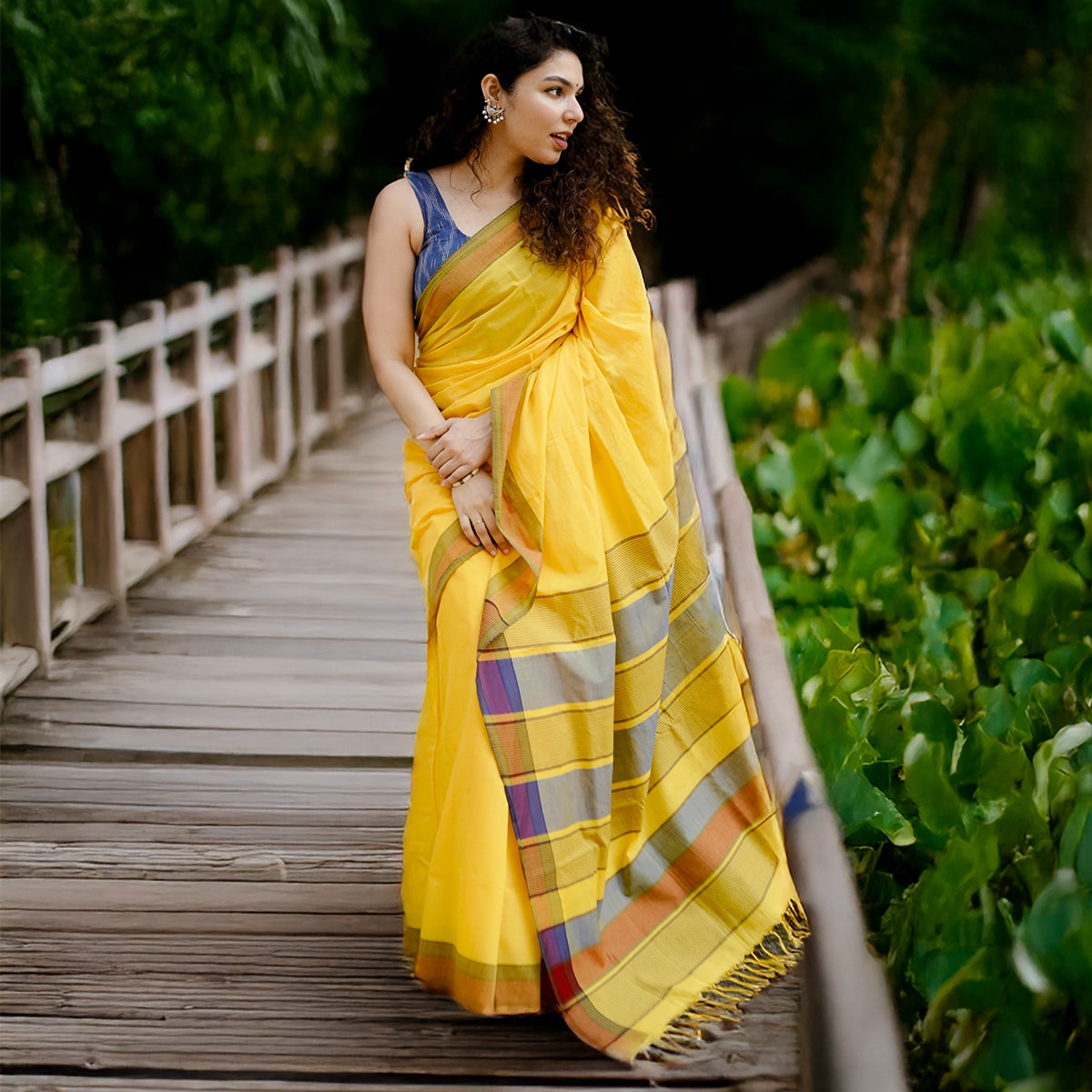
Shobhitha Saree
$55.00
$65.00
Stunning colours from the temple festivals of Kerala. Flower garlands, Golden decorations, colourful traditional drawings on floor,... Yellows, bright reds, blues... It is a spectacle.. Shobhitha!

Smitha Saree
$60.00
$60.00
Story of Weaving: The handloom fabric is a type of fabric that is woven using hand operated looms. Two sets of interlacing yarns, the warp (length) and weft (width), are woven on a loom hand-operated by weavers. These looms do not use electricity. Human handling lends the fabrics a unique feel and renders the fabrics more value. The resultant fabric is softer, more durable and much more comfortable than machine-made fabrics. Handloom cotton is more breathable and thus feels lighter in summers and provides more insulation in winters. The dyeing process also becomes easier for handloom cotton as the colour penetration is substantially more. Hues are absorbed better thus look resplendent on handloom cotton.
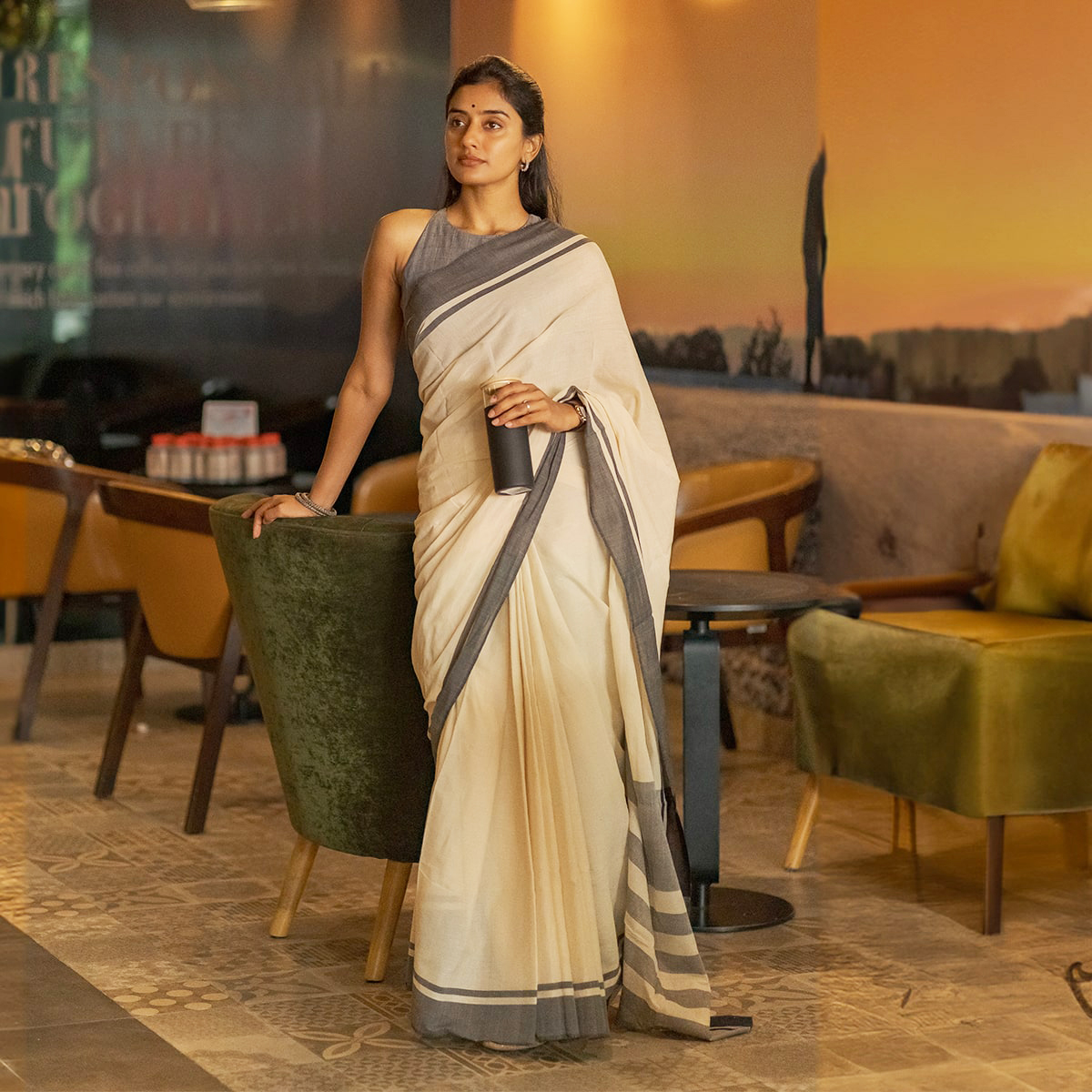
Subha Sarees
$55.00
$60.00
Story of Weaving: The handloom fabric is a type of fabric that is woven using hand operated looms. Two sets of interlacing yarns, the warp (length) and weft (width), are woven on a loom hand-operated by weavers. These looms do not use electricity. Human handling lends the fabrics a unique feel and renders the fabrics more value. The resultant fabric is softer, more durable and much more comfortable than machine-made fabrics. Handloom cotton is more breathable and thus feels lighter in summers and provides more insulation in winters. The dyeing process also becomes easier for handloom cotton as the colour penetration is substantially more. Hues are absorbed better thus look resplendent on handloom cotton. The art of hand weaving is labour intensive and takes a longer time. But, the beauty it adds to the fabric is priceless. Choosing handloom cotton supports the rich weaving heritage of India and lets the weavers carry on the precious art-form to the future generations as well.
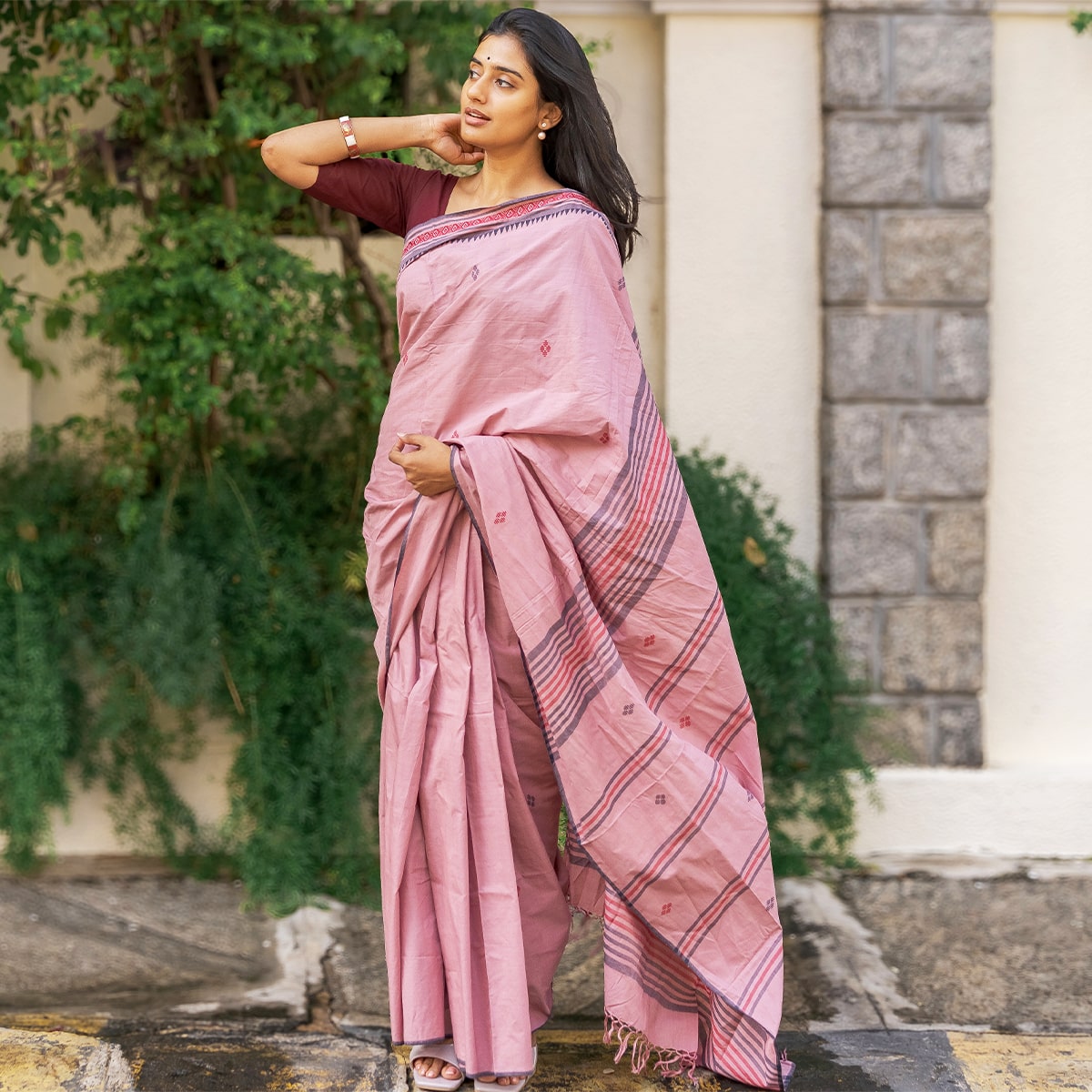
Surabhi Saree
$60.00
Story of Weaving: The handloom fabric is a type of fabric that is woven using hand operated looms. Two sets of interlacing yarns, the warp (length) and weft (width), are woven on a loom hand-operated by weavers. These looms do not use electricity. Human handling lends the fabrics a unique feel and renders the fabrics more value. The resultant fabric is softer, more durable and much more comfortable than machine-made fabrics. Handloom cotton is more breathable and thus feels lighter in summers and provides more insulation in winters. The dyeing process also becomes easier for handloom cotton as the colour penetration is substantially more. Hues are absorbed better thus look resplendent on handloom cotton. The art of hand weaving is labour intensive and takes a longer time. But, the beauty it adds to the fabric is priceless. Choosing handloom cotton supports the rich weaving heritage of India and lets the weavers carry on the precious art-form to the future generations as well.

Thalir Saree
$60.00
$60.00
Have you seen those new tender leaves sprouting on creepers? The tender green leaf with the deep green stems! During our monsoon season, backyard is full of such creepers. Off course you will see some flowers here and there too, in red and in yellows. We see that backyard greenery on this saree! Story of Weaving: The handloom fabric is a type of fabric that is woven using hand operated looms. Two sets of interlacing yarns, the warp (length) and weft (width), are woven on a loom hand-operated by weavers. These looms do not use electricity. Human handling lends the fabrics a unique feel and renders the fabrics more value. The resultant fabric is softer, more durable and much more comfortable than machine-made fabrics. Handloom cotton is more breathable and thus feels lighter in summers and provides more insulation in winters. The dyeing process also becomes easier for handloom cotton as the colour penetration is substantially more. Hues are absorbed better thus look resplendent on handloom cotton. The art of hand weaving is labour intensive and takes a longer time. But, the beauty it adds to the fabric is priceless. Choosing handloom cotton supports the rich weaving heritage of India and lets the weavers carry on the precious art-form to the future generations as well.
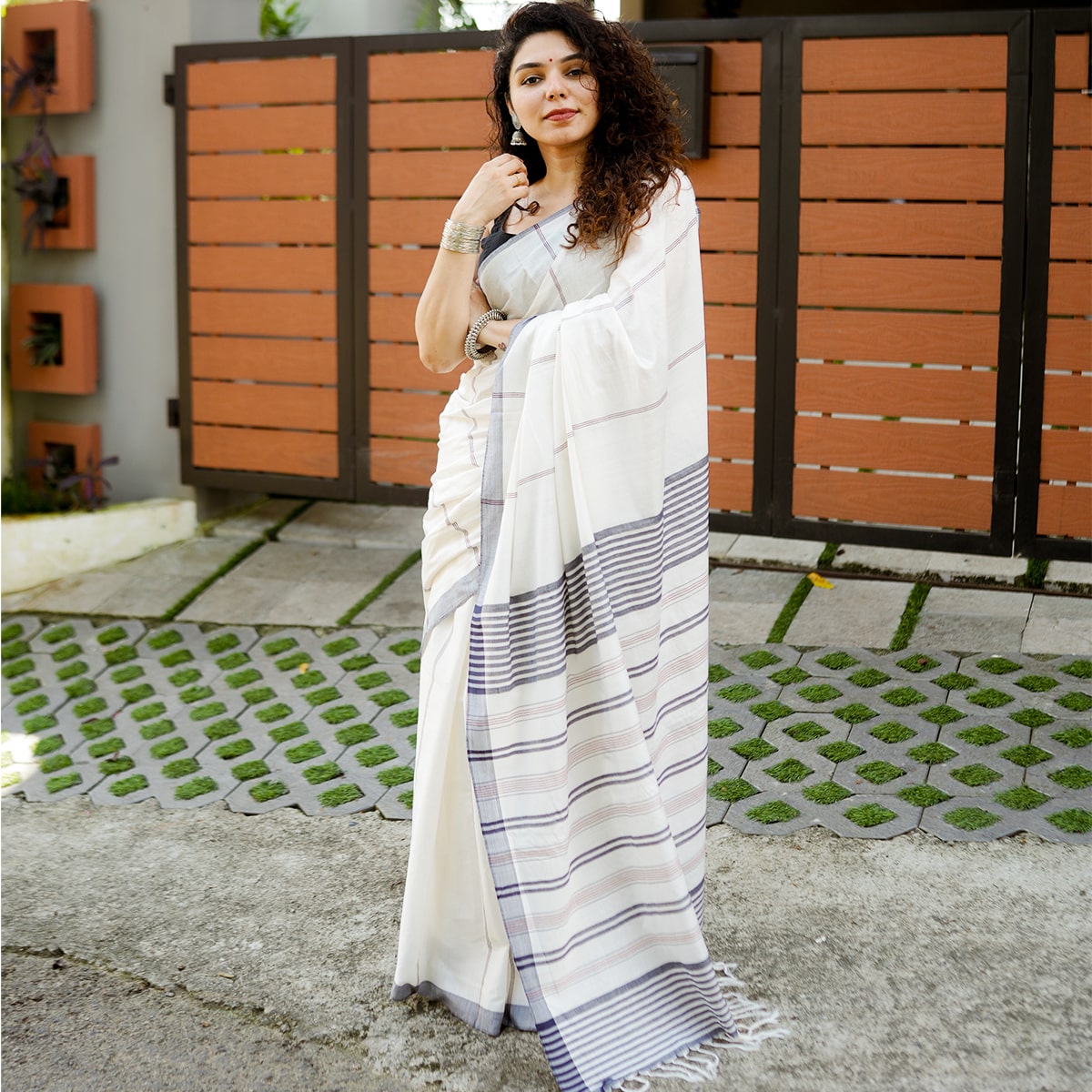
Vimala Sarees
$55.00
$60.00
Story of Weaving: The handloom fabric is a type of fabric that is woven using hand operated looms. Two sets of interlacing yarns, the warp (length) and weft (width), are woven on a loom hand-operated by weavers. These looms do not use electricity. Human handling lends the fabrics a unique feel and renders the fabrics more value. The resultant fabric is softer, more durable and much more comfortable than machine-made fabrics. Handloom cotton is more breathable and thus feels lighter in summers and provides more insulation in winters. The dyeing process also becomes easier for handloom cotton as the colour penetration is substantially more. Hues are absorbed better thus look resplendent on handloom cotton. The art of hand weaving is labour intensive and takes a longer time. But, the beauty it adds to the fabric is priceless. Choosing handloom cotton supports the rich weaving heritage of India and lets the weavers carry on the precious art-form to the future generations as well.
Showing 25–33 of 33 results
Related products
View all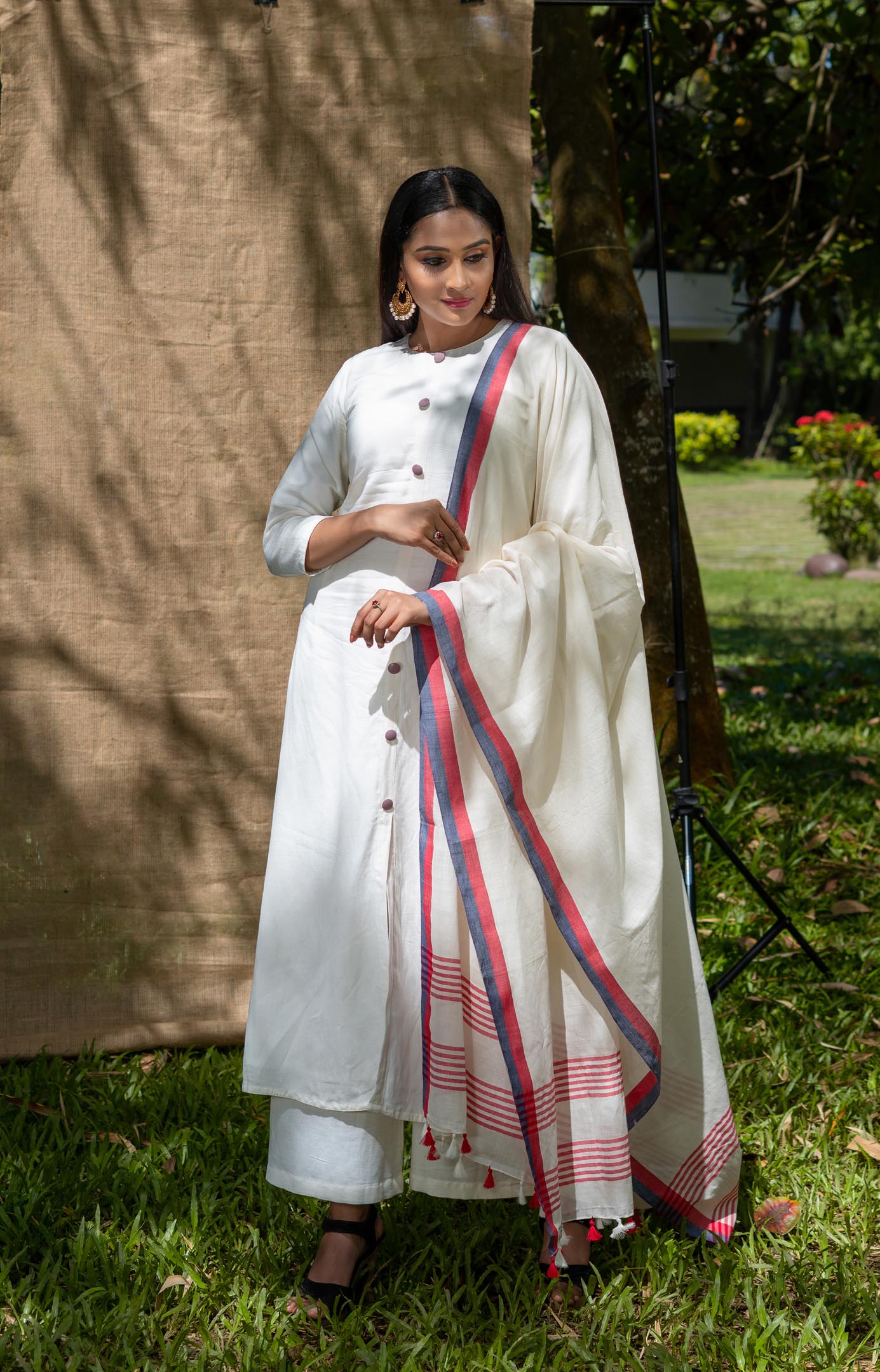
Thechi Dupatta
$1350
$1500
“Thechi” flowers (Ixora flowers) adorn the walkway to our home; the bed of bright red flowers on either side of the walkway is an inviting sight. The beauty of ‘Thechi flower’ inspires us to add those bright red lines to the Dupatta. “Thechi” flowers are offered during the worship of Goddess (Devi and Bhadrakali). We associate the strength of female deity to this piece of ethereal beauty. Let this piece of handloom make you stronger from inside and help you create a bright new world! Story of Weaving: The handloom fabric is a type of fabric that is woven using hand operated looms. Two sets of interlacing yarns, the warp (length) and weft (width), are woven on a loom hand-operated by weavers. These looms do not use electricity. Human handling lends the fabrics a unique feel and renders the fabrics more value. The resultant fabric is softer, more durable and much more comfortable than machine-made fabrics. Handloom cotton is more breathable and thus feels lighter in summers and provides more insulation in winters. The dyeing process also becomes easier for handloom cotton as the colour penetration is substantially more. Hues are absorbed better thus look resplendent on handloom cotton. The art of hand weaving is labour intensive and takes a longer time. But, the beauty it adds to the fabric is priceless. Choosing handloom cotton supports the rich weaving heritage of India and lets the weavers carry on the precious art-form to the future generations as well.
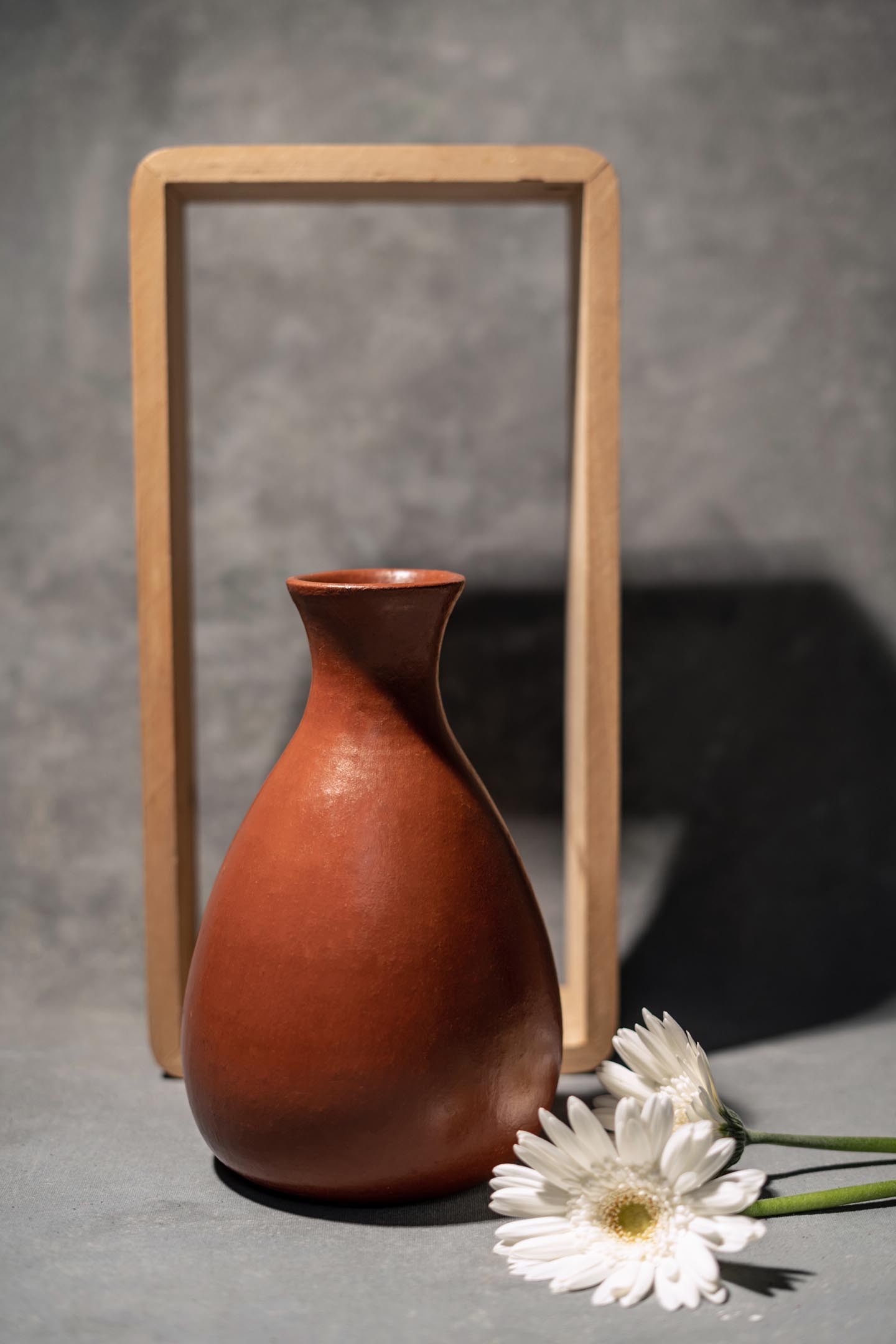
Anupamam Vase
$950
$1200
A lot of care has gone into creation of this vase. Since the neck is narrow, finishing of the inside had to be done step by step, as the the vase achieves height step by step. Someone asked Vijayakumari, our lead potter, to add a coat of glaze inside to reduce work and ensure a better finish. She refused to add any artificial materials to the crafts she make, and she prefers to finish the vase polishing by hand. The value and principles a true artisan attach to their craft is simply astounding. The vase may look simple. But, they are priceless and incomparable crafts! Anupamam!
